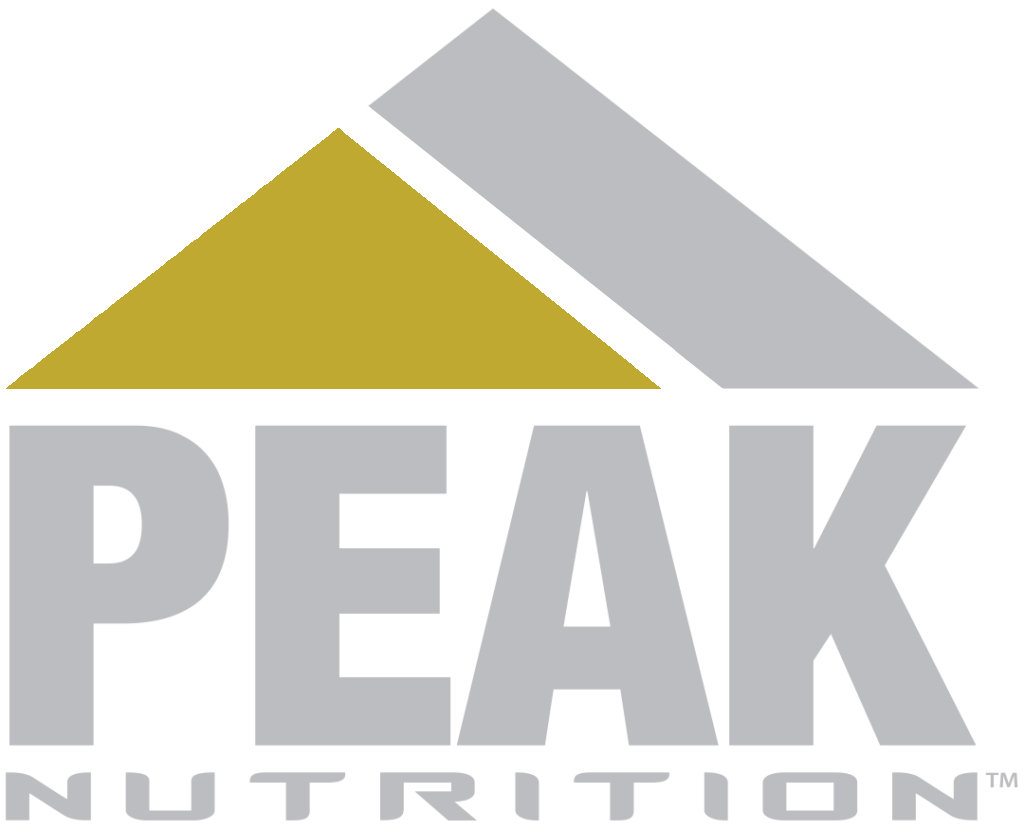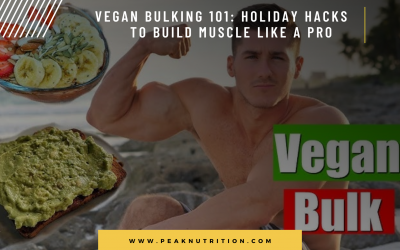The proper way to break down food and supplements
You just bought a new TV so you could watch your favorite baseball team play this season. You got an awesome deal on a 70 inch with all the bells and whistles. You got the TV mounted on the living room wall and you go to plug it in and turn it on for the first time and….IT DOESN’T TURN ON. You’re pissed! Why? You spent good money on what you thought was a good TV and you expected it to work. But it didn’t. You have every right to be upset. Something you paid for should work, right?
Why then, when it comes to food and supplementation, do we not have this same mindset?
The food you eat and the supplements you take should be getting absorbed and utilized. You should be seeing benefit from the things you’re putting in your body. If you’re not, why are you taking/eating them?
To help you understand what I’m even talking about here, it’s probably best to start with how your body breaks down food.
How do foods get absorbed by the body?
Protein is one of the most important building blocks for building muscle, healthy tissue, and organ function, and just about everything else you can think of. Once a protein source has been consumed (either eaten or drank) and it reaches your stomach, hydrochloric acid and the enzyme protease break down protein into smaller amino acids.
Protein absorption happens in the small intestine and releases into the bloodstream taking them to cells all over the body.
Carbohydrates break down with a combination of chewing and the digestive enzymes amylase. These carbs are broken down into glucose (bread/potatoes, etc), fructose (fruit sugar), and galactose (milk) and absorbed into the bloodstream. The absorbed carbohydrates are then transported for energy throughout the body.
Fats are broken down by the enzyme lipase and absorbed by intestinal cells. These fats are then transported through the lymph system to give your body energy and supports cells. Fats also play an important role in hormone production.
It is important to note that with each macronutrient being broken down in the digestive system, proper gut health is critical to the absorption of the food you eat.
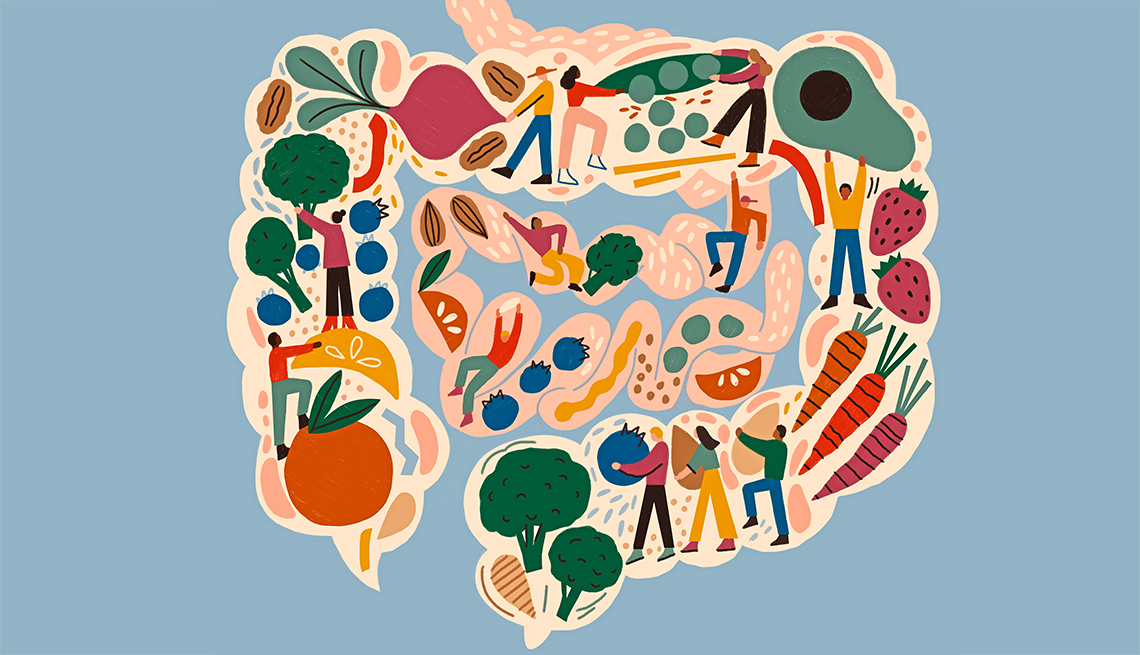
Keys to proper gut health for optimal absorption
Keep your stress levels low. High levels of stress are hard on your entire body, and this includes your gut microbiome. With stress usually comes inflammation. When your gut is inflamed it decreases your ability to absorb the nutrients you need. Lack of nutrients can lead to stunted growth, deficiencies, disease, and other health problems.
Slow down your eating. There are a couple issues when you eat too fast. When you eat too fast, you swallow more air resulting in bloating and gas. When you do not take time to chew properly and break down your food into smaller pieces, those larger particles create inflammation in the gut lining. Even low-grade inflammation can have an effect on your small intestine and the breakdown/absorption of food.
Stay hydrated. Water and other liquids help you break down food so that your body can absorb nutrients. Drinking water can aid in digestion and regulates bowel movements. People that experience constipation often have different gut bacteria versus healthy individuals. Higher levels of methane (found in constipated individuals) results in slower intestinal transit time and affects digestion.
Make sure you are getting enough sleep. Lack of sleep can increase stress. As we discussed early, stress can have a negative impact on the gut including bloating, inflammation, and poor gut microbiome. Melatonin, a hormone released during sleep, plays a significant role in regulating intestinal and immune systems helping the breakdown of food.
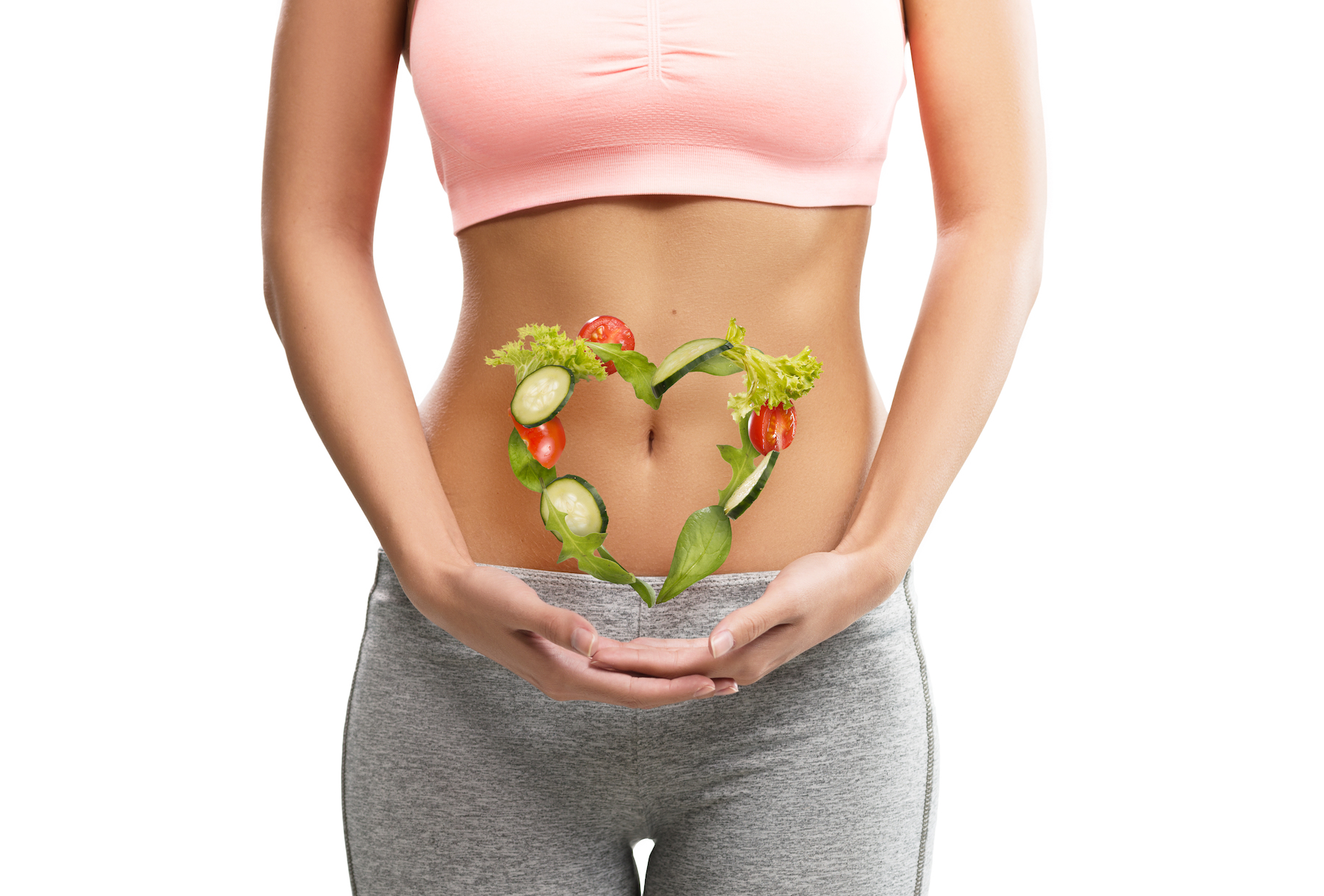
Other factors that contribute to a healthy gut microbiome
Fruits and vegetables are the best sources of nutrients for a healthy gut microbiome. It is recommended that an adult should be getting 2 cups of fruits per day along with an additional 2-3 cups of vegetables. According to the CDC, only 1 in 10 adults get enough fruits or vegetables on a daily basis.
For a lot of us, including myself, we have no idea how to cook vegetables to either make them taste good or keep them from losing nutrients. The best way to cook vegetables so they don’t lose nutrients is to steam them as gently, quickly, and in as little water as possible. An easy way to add fruits or veggies in your diet is to incorporate them into the foods you are already eating. If you are having a bowl of Greek yogurt for a midday snack, add a few handfuls of berries to the mix. If you are having eggs in the morning, toss in spinach, bell peppers, or Brussel sprouts and make an omelet or scrambled eggs.
If you’re stressed for time or refuse to eat your fruits and veggies, you can always supplement with a fruit (reds) and/or greens powder. These powders usually contain your full serving of daily fruits and vegetables. Some powders will include digestive enzymes, glycemic blends, and other additives to aid in digestion.
Probiotics support and protect your body from bad bacteria in your gut. Think of them as little, tiny soldiers shooting up all the bad guys trying to take over your body. Probiotics are usually found in fermented food or cultured milk, but you can also take a supplement.
Prebiotics are the primary food source for your guts healthy bacteria (probiotics). Fiber is a great example of prebiotics. They are indigestible carbs that your body cannot break down thus making them available for the probiotics to grow big and strong. Without prebiotics, your probiotics are weak little munchkins. Foods high in prebiotics include legumes, oats, berries, asparagus, and bananas.
Now that we understand how our body breaks down food and the importance of a healthy gut, let’s look at the effect of digestion rate on absorption.
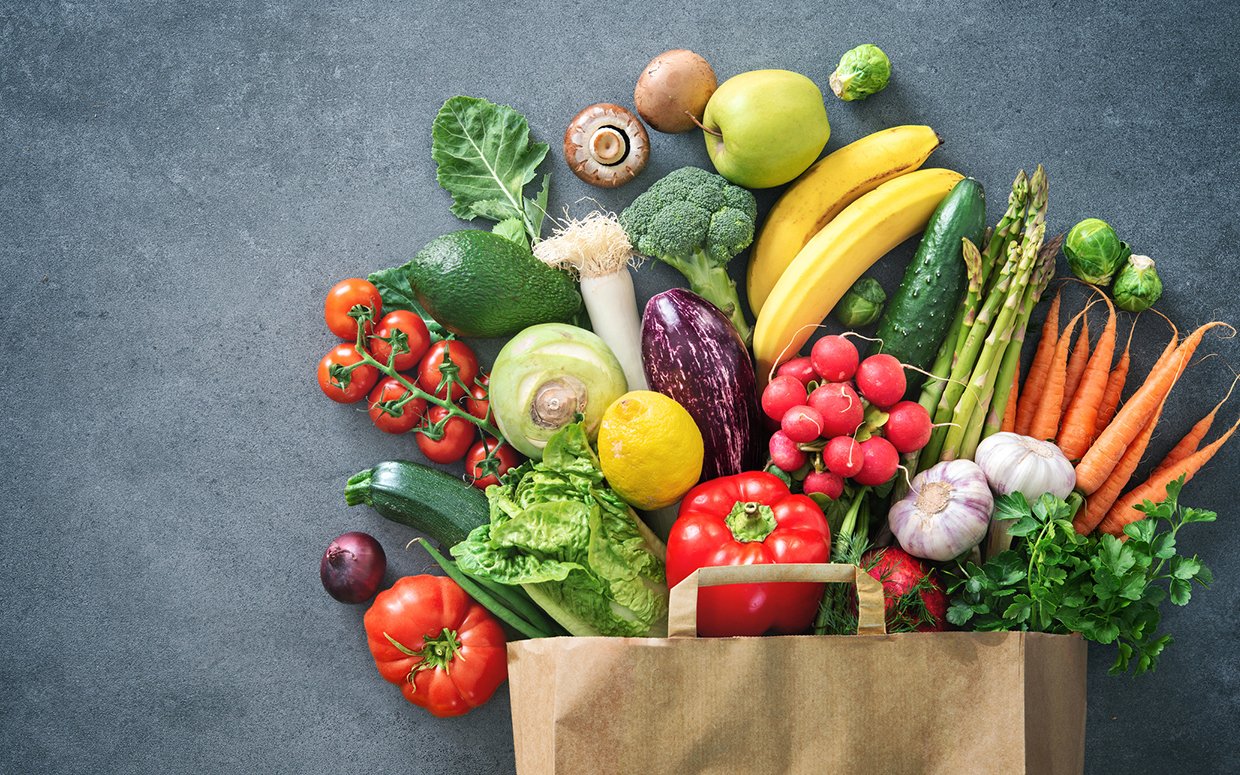
How does the rate of digestion affect absorption?
When a food or supplement is digested quickly by the body, the rate of absorption is increased. Depending on the situation, this can be positive or negative.
So, when would you want something to digest and absorb quickly?
When it comes to post-workout, you will always want a fast-digesting, fast-absorbing carbohydrate (glucose) and protein (isolate). This ensures that the necessary nutrients and energy get into your system for optimal repair. Fast-digesting carbohydrates have a larger impact on blood sugar levels. Elevated blood sugar levels create an insulin spike which allows for better protein and nutrient uptake. However, if blood sugar levels remain elevated for too long, health concerns such as diabetes and heart disease can occur.
What about slow digestion and absorption?
Pretty much any other time outside of post-workout is when you would benefit from slow digestion of protein, carbs, and fats.
A protein breaking down slowly floods the body with a steady supply of amino acids and keeps you satiated. It also helps keep the body anabolic, building muscle and burning body fat. Preventing muscle breakdown is especially important right before bed. Incorporating a casein protein prior to sleep would be a great idea for building muscle, losing body fat or just overall health.
Carbohydrates that break down slowly not only maintain blood sugar levels as discussed above, but they help maintain constant energy throughout the day. Slow digesting carbohydrates can help manage hunger and cravings which would be beneficial if you are trying to lose body fat.
Fats by nature are not water soluble and are digested last. This actually slows down the digestion process. Going back to our nighttime example, Greek yogurt (which includes protein and fats) will break down very slowly. If you experience sickness when taking medications, vitamins, or any other pills, you can try taking them with a little bit of fat to slow down the digestion – easing the stomach.
Now let’s finish by looking at ways to ensure absorption with supplements.
How can I make sure my supplements are being absorbed?
Vitamins and supplements come in many different forms. Multivitamins, metabolism boosters, fish oils, fat burners, protein powders, pre workout, even iron supplements all have their own way of distribution. The most common forms include tablets, powders, liquids, gummies and capsules.
Tablets or hard-pressed pills are one of the most cost-effective ways to distribute, however are some of the worst when it comes to bioavailability. This is due to the fact that most disintegrate and are destroyed by the body before they can be absorbed. If they do survive, tablets are slower acting and may take longer to work.
Gummies, while tasty and fun, lack the bioavailability due to the heating process the gelatin goes through. When heated, the nutrients lose integrity and become less effective. This method does have better bioavailability over the tablet.

Liquid supplements do digest the fastest and are absorbed into the bloodstream the quickest. The problem most people run into with liquid supplements is the taste and lack of viable options. There are not many companies that make liquid forms of supplementation because of preservation. Liquid does not keep as long as capsules do and therefore cannot sit on shelves or in distribution warehouses for long periods of time. This makes it more expensive to make and consequently more expensive for the consumer.
The most bioavailable and effective supplementation method is going to be something that is encapsulated (in capsule form). Capsules offer protection until digestion, and most are time-released to ensure the body breaks it down at the correct time. The other benefit to encapsulation is dosing. This is the most accurate way to ensure accurate dosing which means you are getting exactly what you’re supposed to get each time.
There is an overload of information out there and even more choice when it comes to supplements and absorption.
If you need help, please reach out to any of our Peak Nutrition staff or stop into our three locations in Scottsdale, Tempe or Gilbert. OUR GOAL IS TO GET YOU RESULTS!
If you found this blog helpful, make sure to follow us on Instagram @peakAZ for more tips and tricks, and come visit us at one of our store locations!
